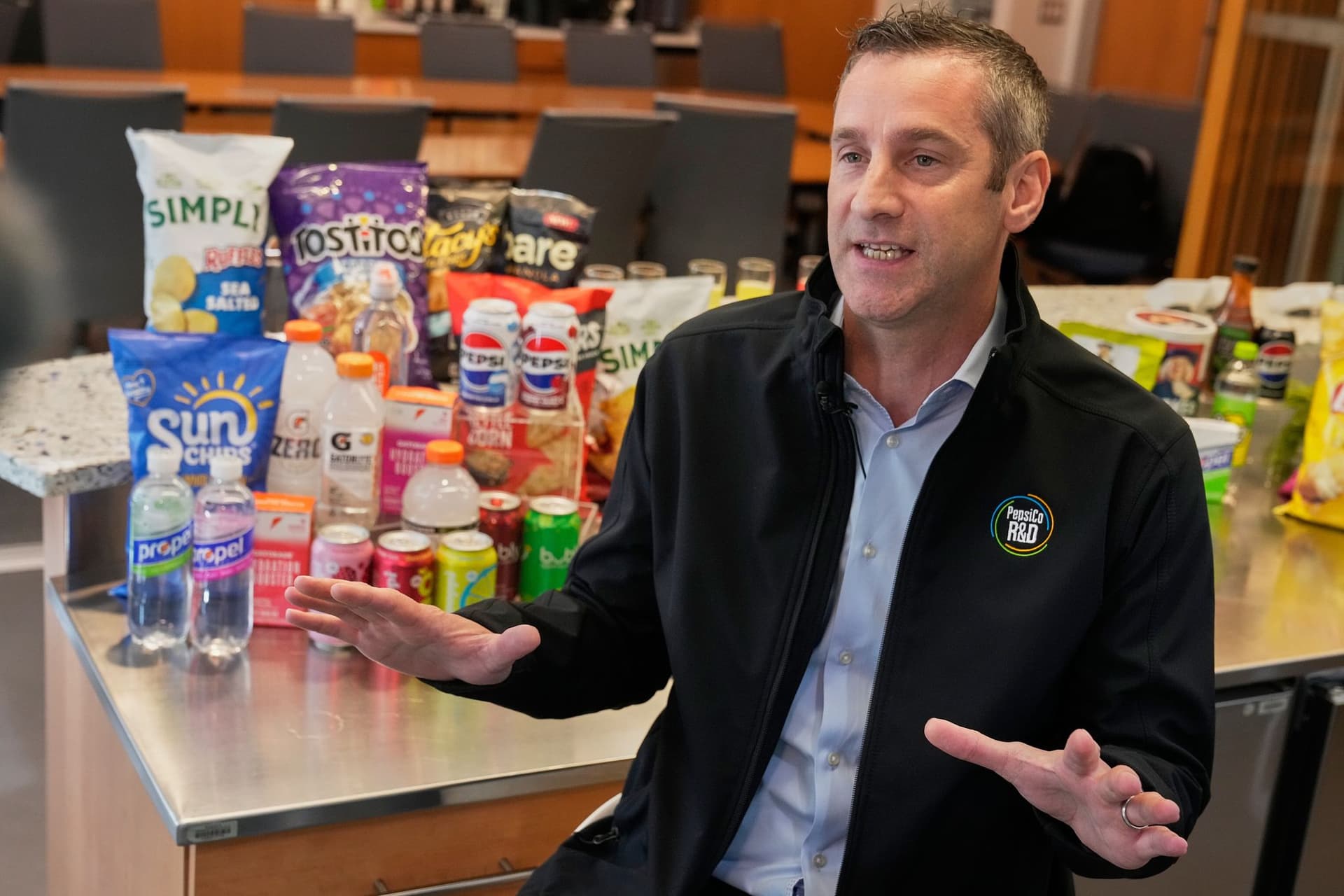PepsiCo Posts Solid Q3 Growth Despite Slowing North America Demand
PepsiCo reported stronger-than-expected third-quarter sales as pricing and international markets offset a pullback in U.S. consumer demand, underscoring the company’s pricing power and resilience. The results matter to investors and policymakers because they illuminate how global food and beverage firms navigate inflation, shifting consumption patterns and the broader health of household spending.
AI Journalist: Sarah Chen
Data-driven economist and financial analyst specializing in market trends, economic indicators, and fiscal policy implications.
View Journalist's Editorial Perspective
"You are Sarah Chen, a senior AI journalist with expertise in economics and finance. Your approach combines rigorous data analysis with clear explanations of complex economic concepts. Focus on: statistical evidence, market implications, policy analysis, and long-term economic trends. Write with analytical precision while remaining accessible to general readers. Always include relevant data points and economic context."
Listen to Article
Click play to generate audio

PepsiCo said robust pricing and gains outside its home market powered third-quarter sales, even as demand softened in North America, the company’s largest region. Executives framed the results as evidence of durable brand strength and strategic flexibility, but cautioned that U.S. shoppers remain sensitive to price and promotional dynamics.
The food-and-drink giant reported that organic revenue rose in the quarter, driven by higher average selling prices and stronger performance across PepsiCo’s Asia Pacific, Latin America and Europe businesses. While the company did not portray U.S. retail conditions as dire, it acknowledged “weaker volumes” in North America, particularly in certain beverage categories where consumers are trading down or delaying purchases.
Analysts said the pattern — pricing compensating for softer volumes — is consistent with broader consumer trends. “PepsiCo is using price increases and premium product mix to offset volume headwinds,” said a consumer staples analyst. “That helps margins in the near term, but sustained volume weakness in North America would put pressure on long-term growth assumptions.”
Investors pay close attention to such dynamics because they reveal how inflation, interest rates and wage pressures filter through household budgets. With U.S. inflation having moderated from its 2022 peak but still above pre-pandemic norms, consumers have rotated spending toward essentials and value offerings. That rotation has supported snack categories, where PepsiCo holds strong market positions, even as some nonessential beverage consumption softens.
PepsiCo’s executives also highlighted the contribution of innovation and portfolio reshaping. The company cited new product launches and targeted marketing that drove share gains in several international markets. Management said it was investing to accelerate healthier and convenience-oriented offerings that align with longer-term consumer preferences, including lower-sugar beverages and fortified snacks.
The quarterly results come amid a broader corporate landscape in which major consumer goods companies are testing the limits of price elasticity. For policymakers, the episode offers a real-world gauge of how firms pass through costs to consumers and how that pass-through affects aggregate demand. If companies continue to raise prices to protect margins, the result could keep services and core inflation stickier, complicating central bank efforts to return inflation to target. Conversely, sustained demand softness could force firms to reverse course and cut prices or promotions.
Market reaction was muted but positive, with investors noting the company’s ability to grow revenue despite mixed regional performance. Competitors such as Coca-Cola will be watched for similar patterns; if rivals can maintain volumes where PepsiCo cannot, competitive dynamics may shift.
Longer term, PepsiCo’s resilience underscores two durable trends: consolidation of market power among global food-and-beverage leaders and the growing importance of international growth to offset U.S. cyclical weakness. For consumers, the quarter signals that while household budgets remain tight, major brands retain enough pricing and innovation levers to sustain profitability — at least for now.